Damaging your snowblowers now and then? Are you having difficulty clearing your driveways?
If these issues concern you, you might overlook some simple yet crucial techniques.
You’re in the right place to learn about effective snow removal and maintenance.
Still confused? Well, we are here to your rescue.
Snowblowers are needed by every household settled in the regions of heavy snowfalls and snow storms.
They are intelligent and elegant devices to blow away the snow blocking your driveways and walkways.
Continue reading with us as we decipher the master codes of what you must not do while operating a snowblower to ensure its good health and form.
Snowblower Operating Mistakes to Avoid
Snowblowers are sturdy yet delicate machinery.
Contrary to what people claim and advise, there are a few major practicing techniques you must follow, and more importantly than that, there are a few popularised practices you must avoid despite what they say.
Read along if you are looking for the big DON’Ts when using a snowblower.
1. Don’t Squabble with The Wind
First, understand the problem by imagining this situation: Suppose the wind is blowing from the west, and snow starts blowing from the east.
And while you have just cleared your driveway, you turn and witness the snow again accumulating at the cleared-out place.
This is because you were acting against the wind. Don’t ever do that. Instead, clear your areas by going in the direction of the wind.
The plus point about the snowblowers is that the chute directs the blower when the snow exits. You can try re-adjusting the chute or take a U-turn and reclear the area.
2. Don’t Avoid Adjusting the Skid Slide Shoes

Most people don’t know that there are two individual guards on either side of the snow blower’s intake.
They effectively prevent the drill from touching the paved and cleared surface. These drills have a name: ‘slide shoes.’
One thing to remember about them is that you always have to keep them at least 3 mm above the ground-level surface.
There are exceptions as well, like if you are working on a gravel driveway, you have to pull these guards even lower.
This is necessary to avoid the suction of gravel inside the intake.
Yet another thing to keep in mind is that these skid shoes wear out very frequently, and if you leave them so, the damage can be irrecoverable.
Therefore, always watch for such wear and tear and mend them up as soon as possible.
3. Don’t Wait for The Snowfall to Stop
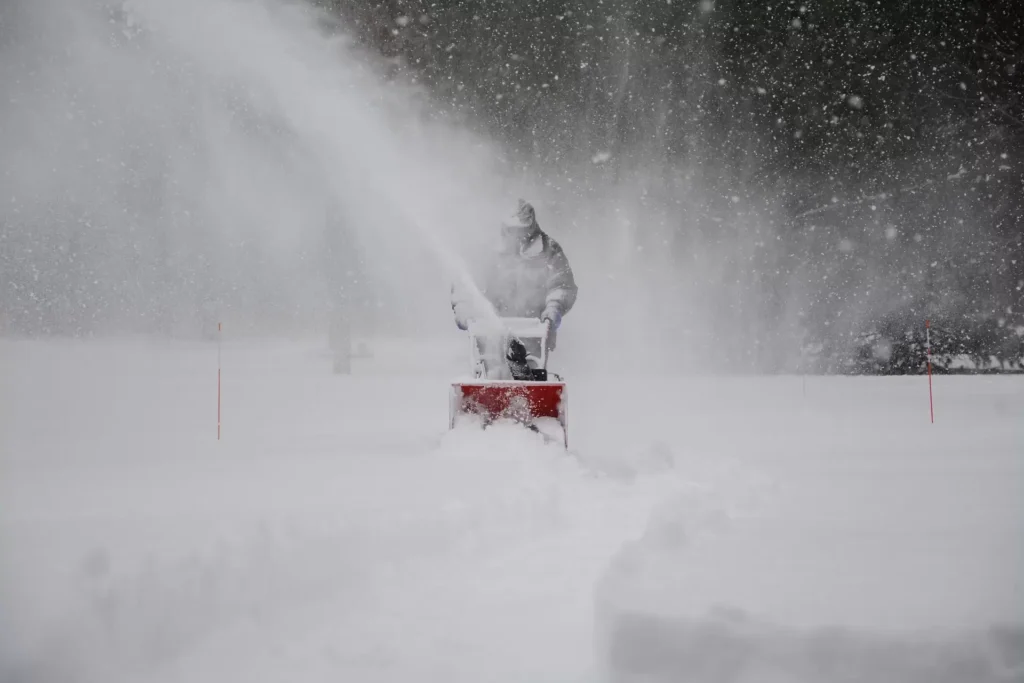
It is often perceived that blowing away the snow should be done once the snowing has stopped, but this is not the case.
On the contrary, we recommend blowing the snow while it is falling. Once the snowing stops, it accumulates in bulk, making it comparatively hard to remove.
There are a few things that you can do.
For example, try snowblowing every couple of hours instead of constantly clearing the snow. You can also adjust the intake.
More often than not, the intakes in the snow blowers can suck in the snow from around ten to twelve inches far.
If you are expecting a heavy snowfall, then the first thing you should do is make passes in the snow blower, ensuring that the snow is still below the height of the intake.
Once the snowstorm has passed, get on with your snow blower and clear the area again.
4. Don’t Wear Inadequate Footwear
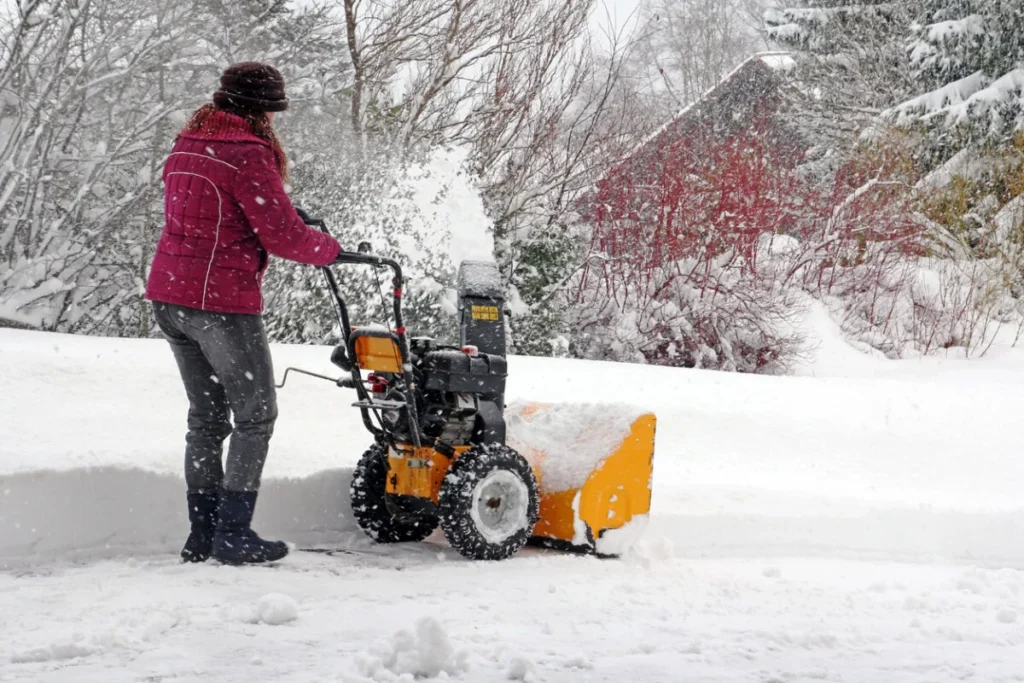
If you have a snow blower, you must know how heavy it is, and hence, as an operator, you require a firm and sturdy base.
Casual shoes or footwear lacking enough tread can cause you to slip all the way down your driveway, which is, of course, disastrous.
This is not just painful but can also cause severe injury.
It is recommended that you use shoes with snow-gripping treads.
While you may be thinking about buying expensive snow-tread boots, we have a money-saving trick for you.
Wear your maximum-tread shoes and then wear socks over them.
5. Don’t Pile Up the Snow for Later
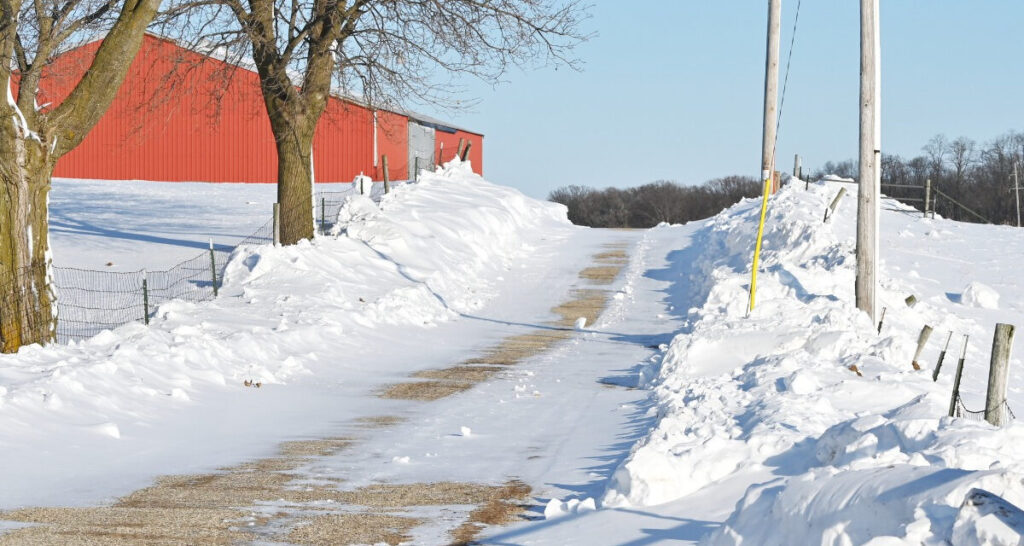
Often, snow clearers throw the snow on the sides of their driveway while clearing it.
At first, it may not seem like such trouble, but as you continue to do so, the snow piles up, forming a rugged wall on the sides of your driveway. Once frozen, it is quite difficult to remove it or melt it away.
To avoid this problem, you can adjust the chute of your snowblower to throw the snow as far as possible.
6. Don’t Use Stale Fuel
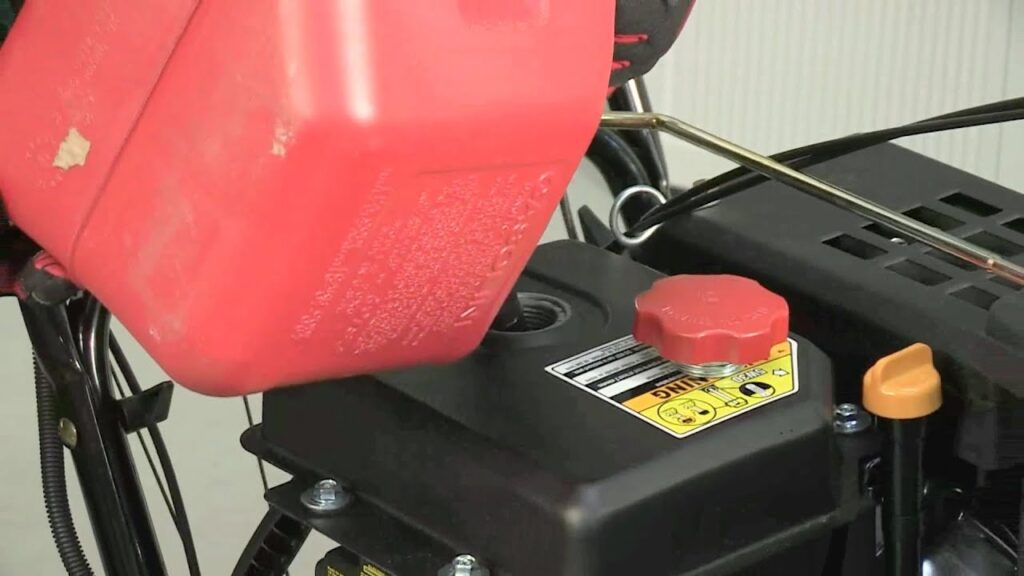
If you have used a snow blower in the past, you must know how hard it can be at times to start it.
If you own a gas-powered snow blower, starting it is a little more challenging, especially in cold weather. This is primarily because of the fuel you are using.
If you are considering utilizing your old fuel from the lawn mower or your garage, starting your snow blower will become increasingly difficult.
Therefore, we recommend that you use fresh fuel every time you go snowblowing, especially in sub-freezing conditions.
Final Thoughts
While understanding how to operate your snowblower effectively is crucial, starting it correctly is equally important.
Here’s a detailed guide on how to start a snowblower, ensuring you’re ready to tackle the snow as soon as possible.
So, here we are at the end of the section. We hope these teeny-tiny details have caught you by surprise, as they are quite minor DOs yet have major implications.
We have included the ‘avoiding zones’ and summarized the necessary solutions in each category.
We hope this blog will aid you in safe and easy snow-blowing, complete with a big smile.

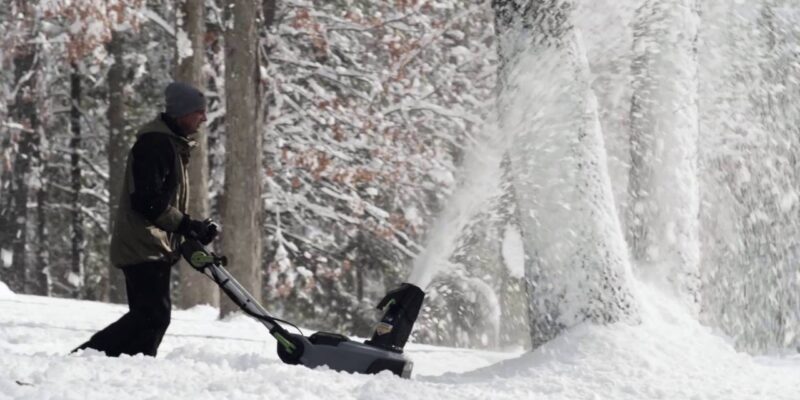
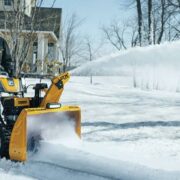
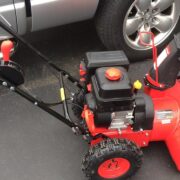

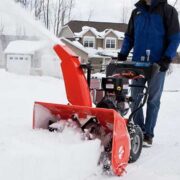

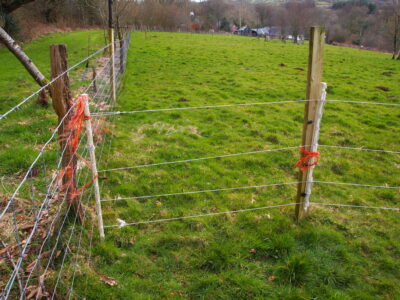
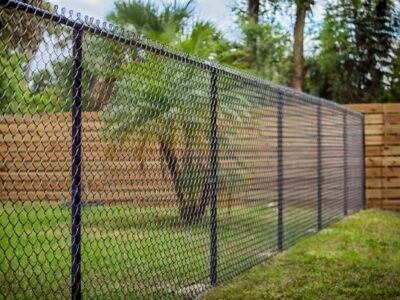

Comments